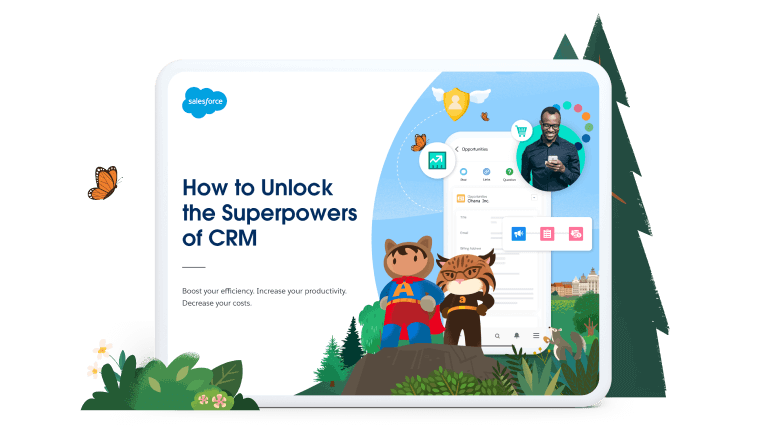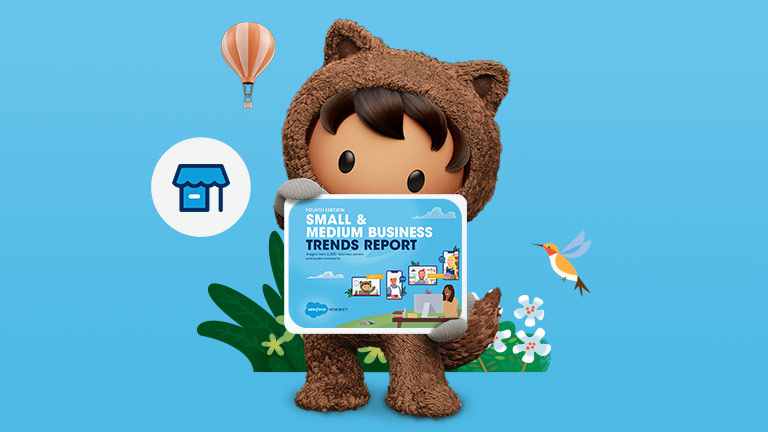Business automation refers to the process of automating tasks that have traditionally been done by humans. By automating workflows, organisations can lower costs, improve efficiency and increase productivity. But business automation can impact more than just the bottom line – it can help create a happier workforce. Let’s take a look at some of the benefits of business automation – and how today’s businesses can get the most out of this powerful tool.
The benefits of business automation
Repetitive, low-value tasks can eat into a workforce’s time, as well as their morale. By automating these processes, businesses can free their teams to focus on more valuable, business-critical work.
Many organisations are lightening their workers’ loads by automating everything from employee onboarding to book-keeping to data entry – and the list of automated tasks is growing by the day.
The State of Service report reveals that 58% of service organisations now use automation. High-performing service teams are especially likely to use automation, with 65% of high performers automating processes, versus only 41% of underperformers. And the State of Marketing report shows that –
67% of marketers say that measurement/attribution is an automated process.
35% of marketers invested in process/workflow automation strategies during the pandemic.
In fact, according to a study from Salesforce and Vanson Bourne, 91% of organisations say that the demand for automation from business teams has increased over the past two years.
If we’re on the verge of a new automated frontier, it’s easy to see why, as the impact of business automation can be felt throughout the value chain. Here are just some of the benefits of automating business processes.
Improved productivity, as the workforce is freed from menial processes.
Better employee engagement, as workers can focus on creative tasks they enjoy.
Increased efficiency, as multiple high-volume tasks can be completed quickly.
A better CX (customer experience) with self-service options and chat bots.
An EX (employee experience) that can be a differentiator, as the workforce can be trained to fill skills gaps that would otherwise require new hires.
A higher ROI on marketing activities.
The types of business process automation
There are three types of automated tools to consider, depending on your particular needs and the skills of your workforce.
RBA (Rules-Based Automation). RBA is the simplest form of automation. It consists of applying pre-set rules to data, and is often used to carry out routine, high-volume tasks such as data entry and manipulation.
RPA (Robotic Process Automation). RPA carries out tasks by mimicking – and learning from – human behaviour. Since it doesn’t need to be pre-programmed, it has a lower barrier to use. Examples of RPA include chatbots and emails triggered by customer queries.
Cognitive automation. Cognitive automation is more advanced, as it relies on a smarter AI that operates in a way similar to humans. This enables it to appreciate context, learn continuously and support smarter decision-making. Cognitive automation can handle more complex work, such as logistics and end-to-end customer service.
5 steps for automating business processes
Identify the processes to automate. Look at your business’s processes and workflows and determine which will benefit most from automation. You can dig into your data to get an overview, but you’ll also want to consult with your teams to see what tasks they feel are the least valuable and most time-consuming.
Decide how those processes can be optimised. Once you have a good grasp on the mundane, repetitive processes that you’d like to automate, look at what the ideal version of that process would look like. Can a single task be automated? Is end-to-end automation viable? Is it possible to not only automate a process, but improve it?
Look for the right tools. Research different tools and technology providers to find your perfect match. You’ll want to consider not only the tools offered, but whether the provider has the expertise to act as a strategic partner and help you meet your business goals. The better a partner understands your pain points, the more they’ll be able to help you solve them.
Design and test your automated processes. Now that you know what processes you want to automate and have the right technologies in place, it’s time to test out your new workflows. Set KPIs (Key Performance Indicators) to help measure your progress against your goals, and tweak your workflows as needed.
Train the workforce. Here’s where the fun comes in. Once your workforce has been freed from repetitive tasks, they can focus on more creative work – the kind that machines can’t do. You can use on-demand training platforms to teach your teams new skills, enabling them to work across functions and departments. By turning your workforce into a cross-skilled, ready-for-anything team, you can build loyalty and create a competitive advantage.
Ready to break free?
Business automation isn’t without its challenges. You’ll need to ensure that the workforce realises that you’re trying to empower them, not replace them. You’ll also need to consider the initial set-up and implementation costs. While you can expect to see increases in productivity and efficiency, it may take a little longer to recoup your upfront IT investment. For example, 89% of customers using Salesforce’s Customer 360 achieve positive ROI in nine months*. Smart tech investments are crucial in tough economic times.
But if you’re looking to drive productivity, improve employee satisfaction, increase profitability and create a more agile workforce, then intelligent automation should be in your blueprint.
To see more about how you can use powerful technology to get the most out of your resources, check out our guide, Unlock the Superpowers of CRM.
*Source: 2022 Salesforce Success Metrics Global Highlights study. Data is from a survey of 3,706 Salesforce customers across Singapore, the US, Canada, the UK, Germany, France, Australia, India, Japan and Brazil conducted between June 8 and June 21, 2022.






